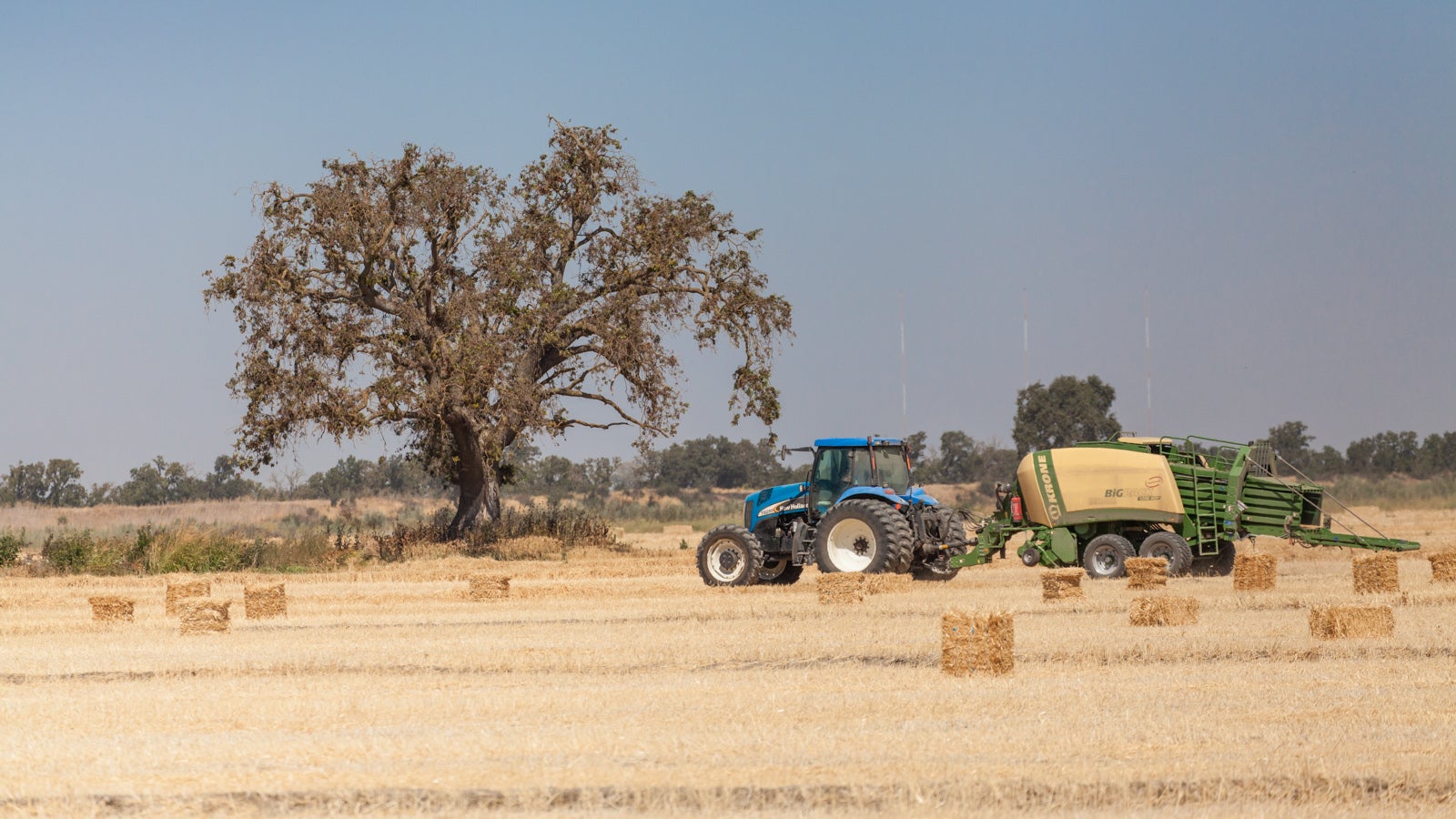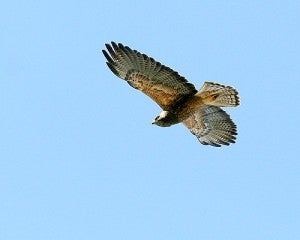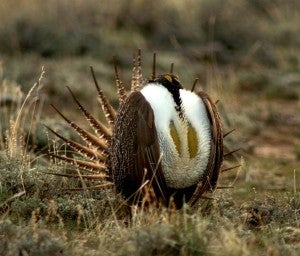 The California drought is putting the livelihoods of farmers and ranchers at serious risk. Without a reliable water supply, many fields are going fallow. This not only threatens the state’s world-leading agricultural economy, it significantly impacts wildlife species that depend on agricultural lands for survival.
The California drought is putting the livelihoods of farmers and ranchers at serious risk. Without a reliable water supply, many fields are going fallow. This not only threatens the state’s world-leading agricultural economy, it significantly impacts wildlife species that depend on agricultural lands for survival.
A pioneering program under development in California’s Central Valley, however, may offer farmers and wildlife some relief. It’s called the Central Valley Habitat Exchange, and while it wasn’t conceived for the express purpose of helping growers in times of drought, it can reward producers who provide habitat by growing less water-intensive crops. Here’s how.












